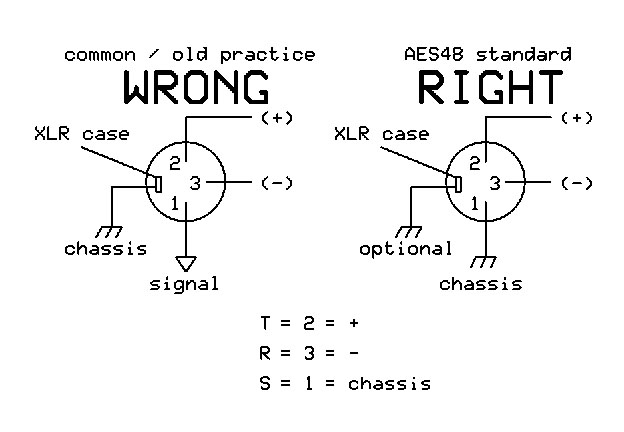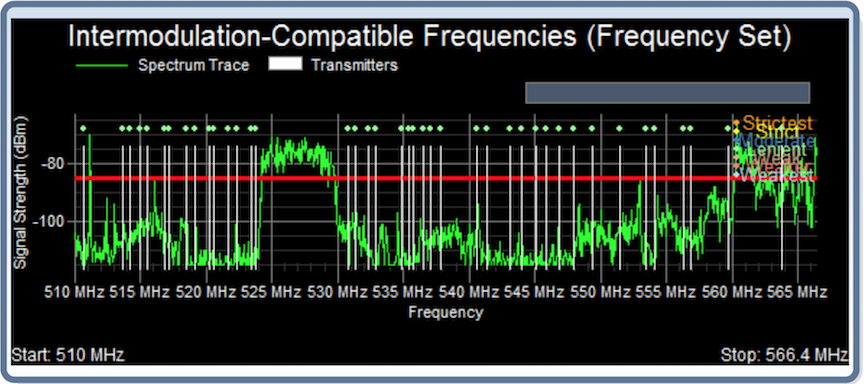
While not directed related to audio measurements, a Pin 1 Problem is something worth mentioning every once in a while since it still plagues the professional audio industry and many still don’t know about it but suffer the consequences.
More than 15 years ago, I was introduced to the concept of a “Pin 1 Problem” on a user list by Jim Brown. At the time I realized that Pin 1 Problems were a serious issue and while some manufactures addressed it immediately once the solution was explained, others ignored the matter and have kept on designing gear with a pin 1 problem. Consequently, I create this website as a place to gather and share information about pin 1 problems:
pin1problem.com
If you want to understand what a Pin 1 Problem is and how it can affect your audio, read this recent article by Jim Brown:
prosoundweb.com – Pin 1 Revisted by Jim Brown page 1
prosoundweb.com – Pin 1 Revisted by Jim Brown page 2
prosoundweb.com – Pin 1 Revisted by Jim Brown page 3
This is the original document that Jim Brown is referring to:
rane.com – Pin 1 Revisted PDF
A “Hummer” is a device meant to help find Pin 1 Problems. It’s parts, construction and use are explained in this PDF:
Build a “Hummer” to help find “Pin 1” ground problems PDF
I intend to test all of my gear for Pin 1 Problems soon and share my discoveries but before I go to the trouble of building a Hummer, I thought I would verify that it is still the appropriate device to test modern equipment for a pin 1 problem. I’ll report back once I’ve heard back from my friend and expert on the subject, Bill Whitlock of Jensen Transformers.
RF measurement page

While RF (radio frequencies) are outside the realm of the audio spectrum we are dealing with for audio measurement purposes (roughly 20Hz to 20kHz), audio frequencies are low frequency cousins to the RF frequencies (mHz to gHz) used to transport audio from point A to B without wires. Just as we can use measurement mics, audio interfaces and software to analyze our sound systems, we can measure an RF environment with RF scanning hardware and analyze the incoming data with RF coordination software in order to optimize an RF system and choose the best frequencies available in a given location for our needs.
Like it or not, as audio professionals, RF is and will continue to be a huge part of live audio production work, whether it be wireless vocal mics, wireless instruments or in ear monitors (IEMs). There really is no excuse for being RF illiterate. Especially if we intend to rely on RF gear for measurement purposes.
Some good news! Understanding RF measurement, coordination & optimization is a simple pursuit when compared to sound system design and optimization. RF scanning (measurement) hardware and RF coordination software is readily available, inexpensive and fairly straight forward to use. I intend to provide the necessary details for anyone who is interested to be able to assemble an RF “measurement rig” and learn how to use it.
On a personal note, the more RF based audio measurement work I do, the more I realize how these two “art forms” (audio measurement and RF measurement) run parallel to each other and compliment each other.
I will begin to store what I consider essential RF related information here:
Driving Long Cables
This article is worth reading:
eaw.com – driving long cables PDF
